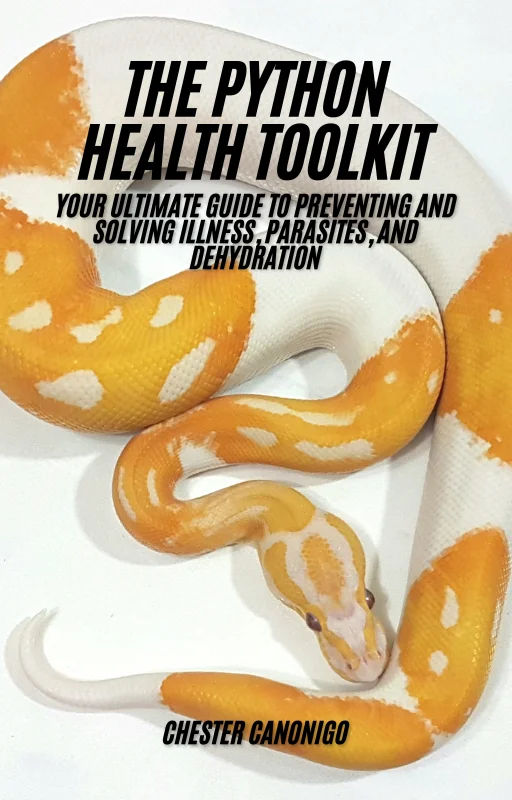
“In the Year of the Snake, embrace wisdom, patience, and the beauty of nature… one scale at a time.” – Me trying to be profound by adding a silly pun at the end of an already perfect saying.
2025 is the Year of the Snake!
Before we begin this list of My Top 25 Pet Snakes I’d like to Own this 2025, let’s take a second to appreciate the magic of 2025 — the Chinese Year of the Snake.
Although the snake is reviled in a lot of cultures, (especially the Filipino culture), in Chinese culture, snakes symbolize intelligence, charm, and intuition.
To be specific, this year is the Year of the Wood Snake.
Adding the characteristics of wood to the Snake gives it growth, flexibility, and creativity.
So, people who are born under the Year of the Snake are likely going to be very successful people connected to powerful industries ranging from manufacturing businesses to the arts.
But this is not a site about mystical things or horoscopes. The only reason we brought the Year of the Snake up was because I really had nothing to write about and one Google search made me aware that January 29 was going to be the start of the Year of the Wood Snake.
Cool!
I love snakes.
I’ve kept snakes.
And as we celebrate the Year of the Wood Snake in the Chinese New Year 2025, what better time to embrace the beauty and wisdom of these amazing creatures?
Snakes, despite their notoriety, are gaining popularity in the Philippines as more pinoy herp lovers realize that these non-venomous, fascinating reptiles (called herps in the hobby) make excellent pets.
If you’ve been thinking of getting your first herp, 2025 might just be your lucky year!
How I Came Up with this List
The 25 snakes I’ve included in this list are the ones considered to be:
- Beginner-friendly
- Easy to care for
- Have gentle temperaments
- Are affordable
This was not an easy task.
To date, it’s been 10 days since I started compiling this list and rearranging them again and again. By the time I publish this, I believe it’ll be 14 days from when I started this undertaking.
(Today is the 16th day and I’ve just about had it. This was supposed to be the post to greet the New Year but it seems like I bit off something I could barely chew. So as my teachers used to say… “finished or unfinished, pass your papers!”)
Top 25 Pet Snakes I’d Like to Own
1. Ball Python
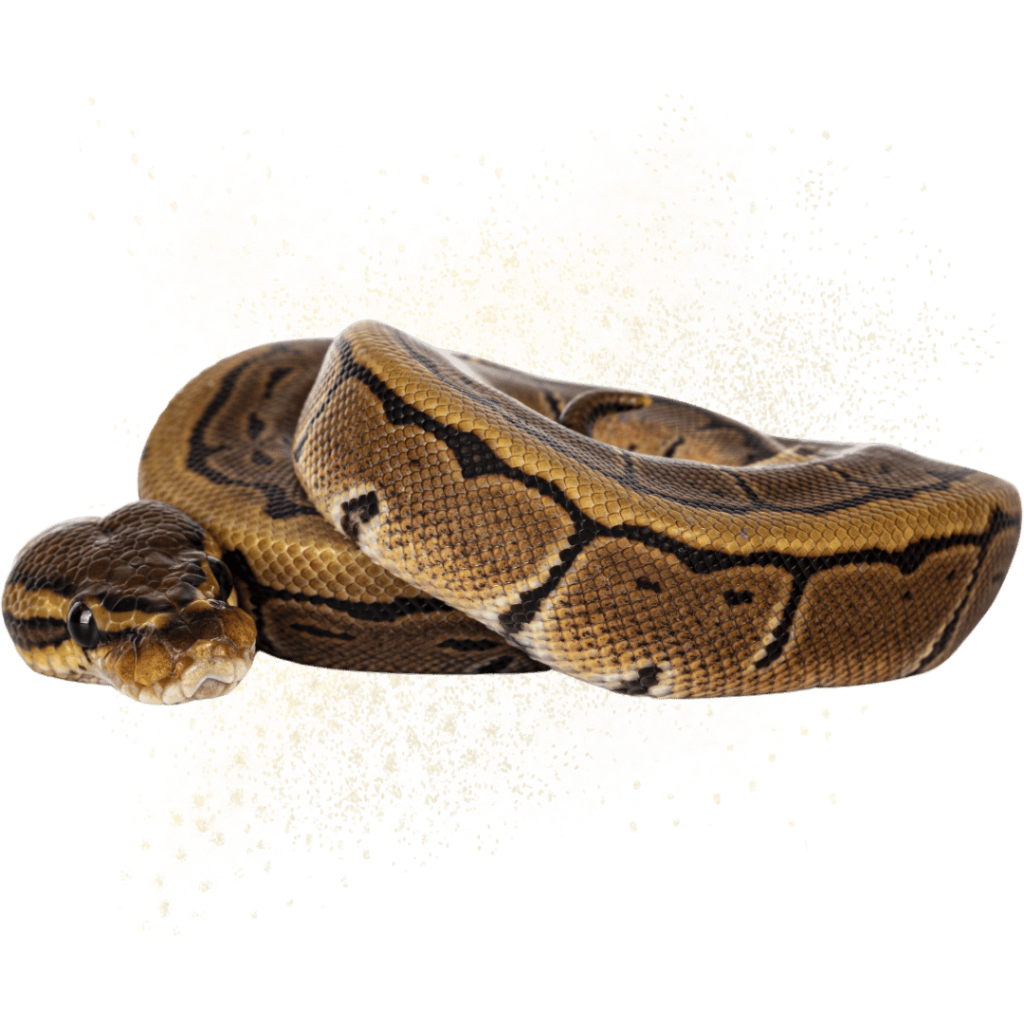
- Scientific Name: Python regius
- Quick Facts: Docile, easy to handle, comes in tons of color morphs!
- Why I Love It: Super chill. The best snake to start your herp hobby with because of their gentl demeanor. This is the snake you’ll want to hang out with 24/7. Here are also a lot of morphs available so, depending on your budget, you can get the ones that are visually striking in appearance.
- Special Note: Needs steady humidity and temps, but once you set it up, you’re set for success.
We have an extensive article dedicated to ball pythons here: https://hayopetc.com/taking-care-of-ball-pythons-as-pets-heres-what-you-need-to-know/
Already own a ball python? You might need this book: the Python Health Toolkit
2. Corn Snake (AKA the Red Rat Snake)
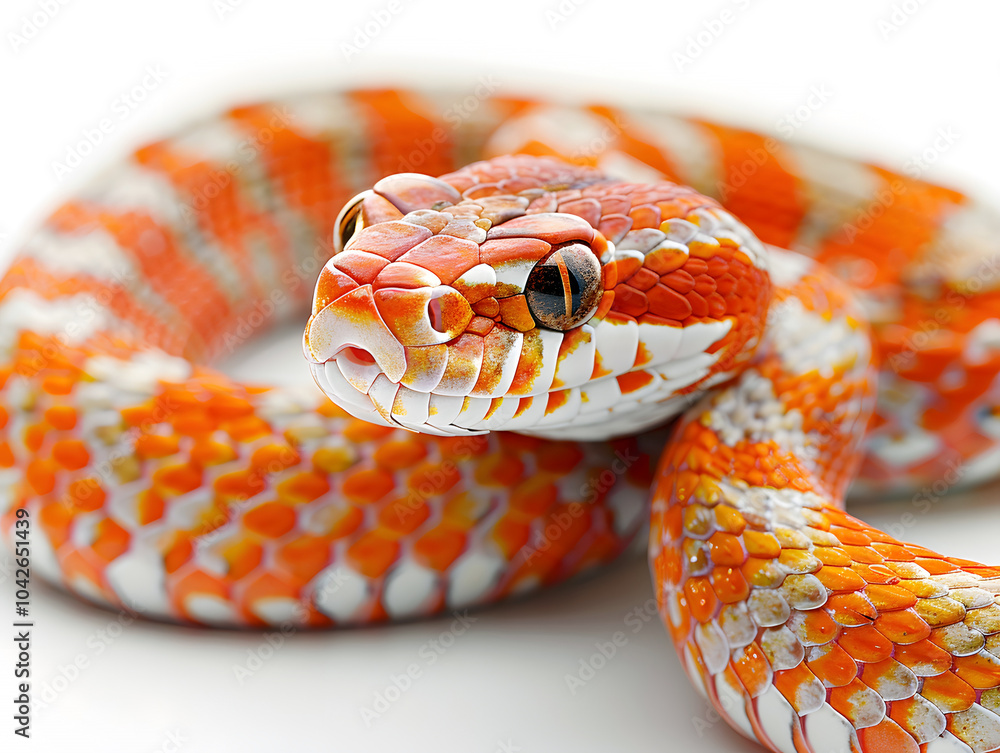
- Scientific Name: Pantherophis guttatus
- Quick Facts: Colorful, hardy, and one of the best eaters around.
- Why I Love It: You’ll feel like a snake whisperer immediately! And this thing grows to just about under 6 feet so still manageable as adults.
3. Rosy Boa
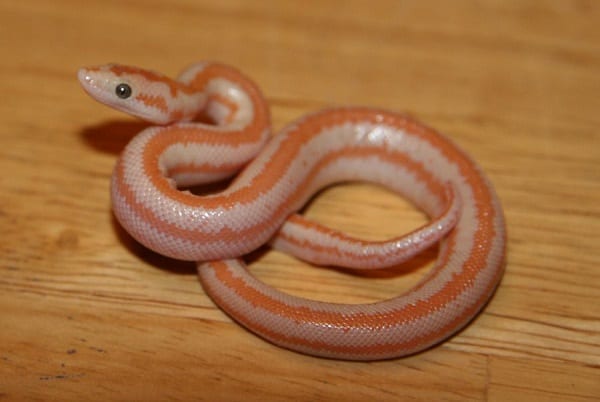
- Scientific Name: Lichanura trivirgata
- Quick Facts: Slow-moving and super friendly.
- Why I Love It: docile temperament? Check! Manageable size? Check! Pinkish hue? Check! I’m sold!
4. Kenyan Sand Boa
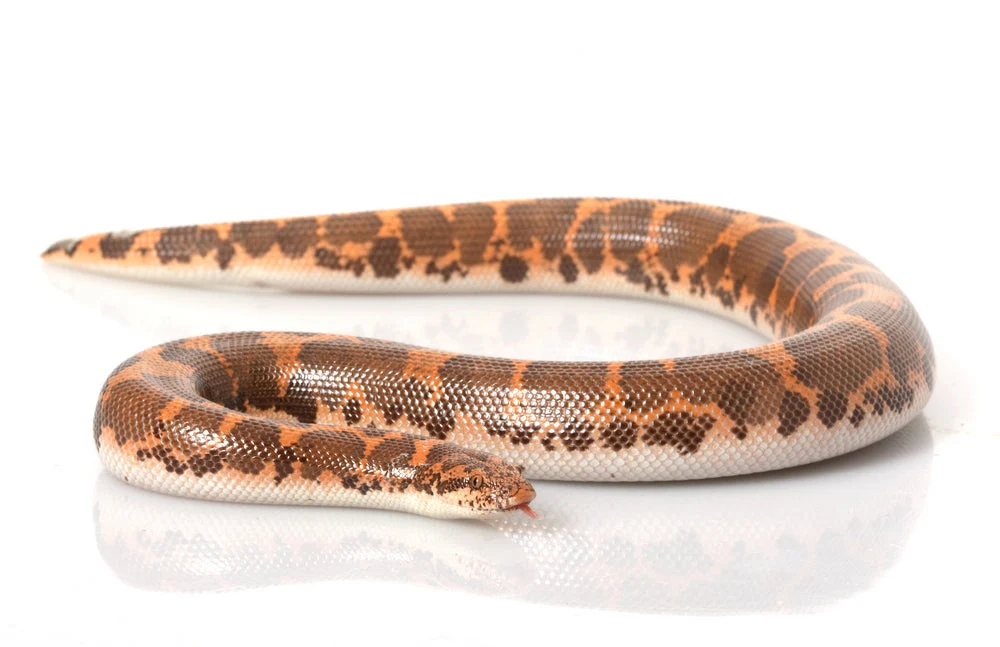
- Scientific Name: Eryx colubrinus
- Quick Facts: Tiny, adorable, and loves to burrow like crazy! Looks derpy with their eyes located at the top of their heads.
- Why I Love It: Super low maintenance pets. Their docile nature is a bonus! Can live up to 30 years old.
5. Western Hognose Snake (AKA the Drama Noodle)
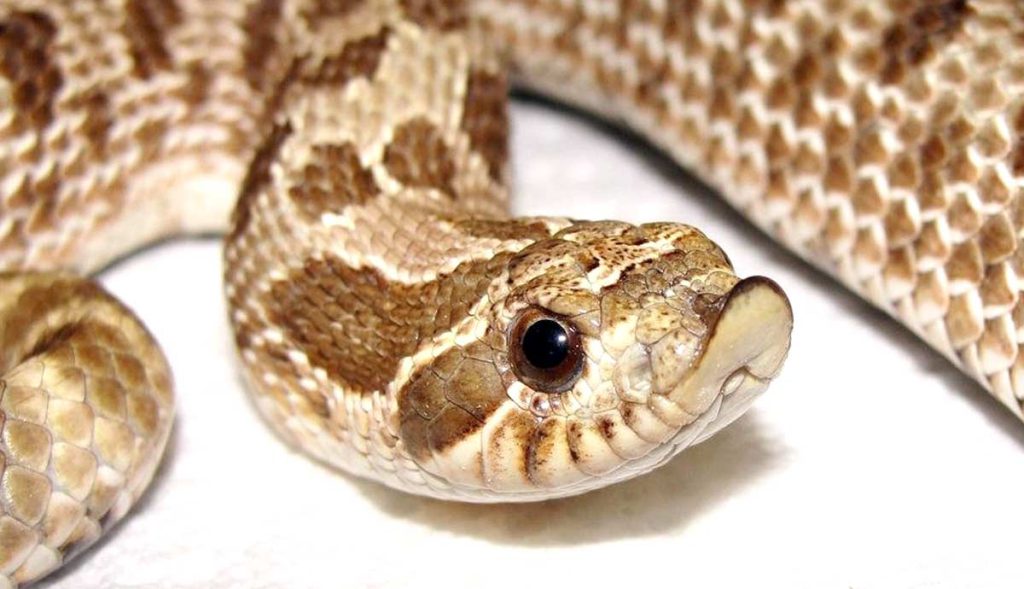
- Scientific Name: Heterodon nasicus
- Quick Facts: Has a cute piggy nose and “plays dead” when scared.
- Why I Love It: Personality plus cuteness overload. This snake wasn’t anywhere near my list for years but because my wife loves them, they made it to number 5. Little drama noodles!
6. Children’s Python
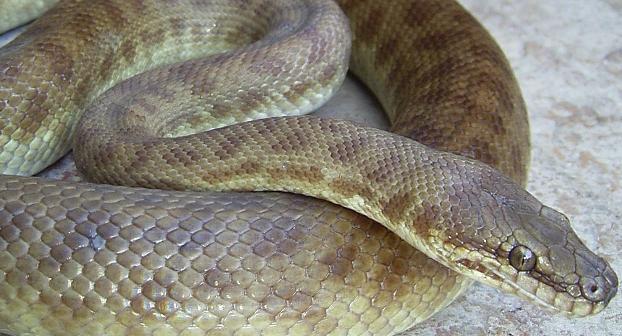
- Scientific Name: Antaresia childreni
- Quick Facts: Small, manageable size even when adult. To be honest, I thought they were named Children’s python because they were good for young kids. I learned later on (2012?) that they were named after zoologist John George Children.
- Why I Love It: A real python but in “fun size.” Docile, good eaters, and only grow up to 5 feet long. Perfect.
7. Garter Snake
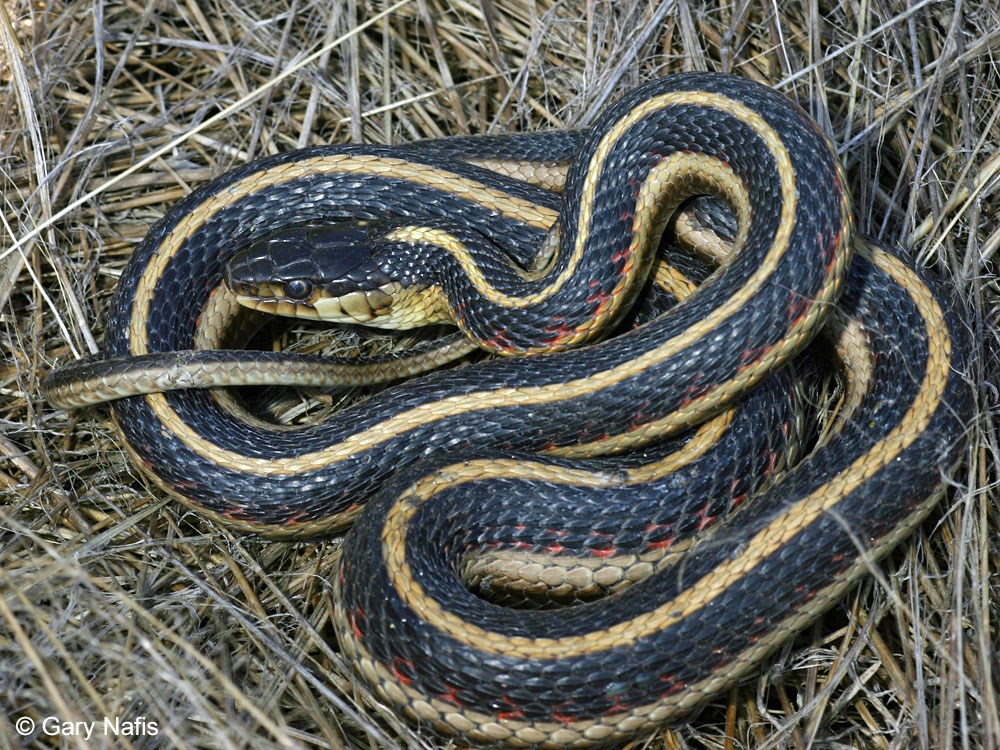
- Scientific Name: Thamnophis sirtalis
- Quick Facts: Active, social, and colorful. Although I started my snake collection with reticulated pythons, garter snakes were the first snakes that made me interested in these animals. It started when I was really young and I read about them in a book.
- Why I Love It: Very lively. You can keep lots of them in one enclosure and they’re regarded as the best starter pet snakes for beginners. Maybe…
8. California Kingsnake
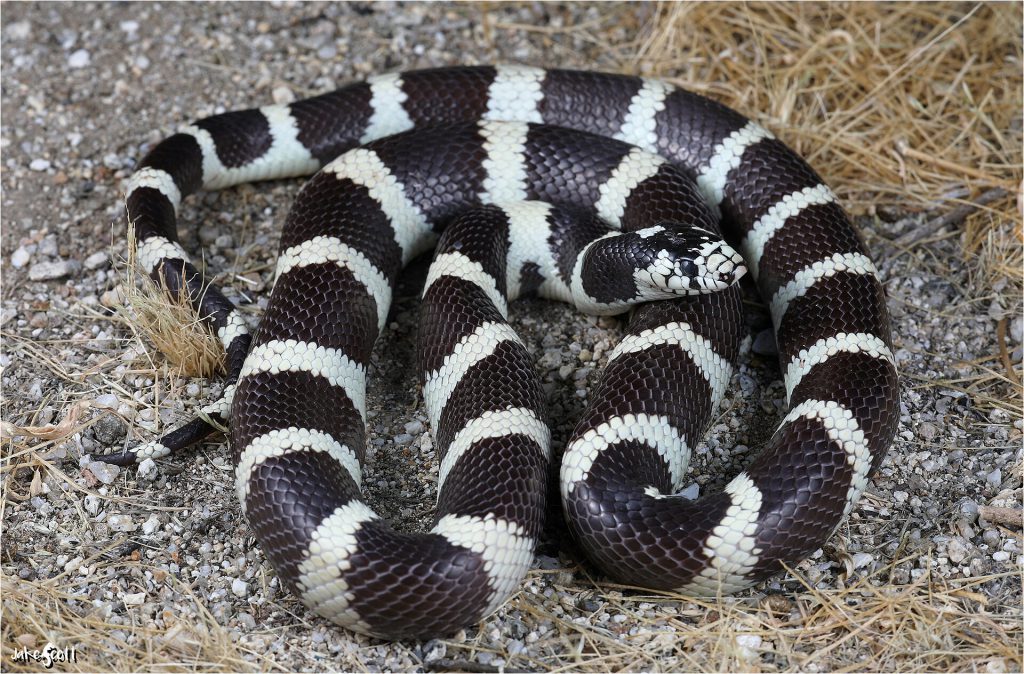
- Scientific Name: Lampropeltis californiae
- Quick Facts: Eats other snakes in the wild! Acts like a ball python when threatened by curling up into a ball but also adds a little rattler-like tail rattling. So, cool!
- Why I Love It: Striking black-and-white patterns. Aside from that, there are many morphs available. These are hardy animals that survive well in captivity.
9. Milk Snake
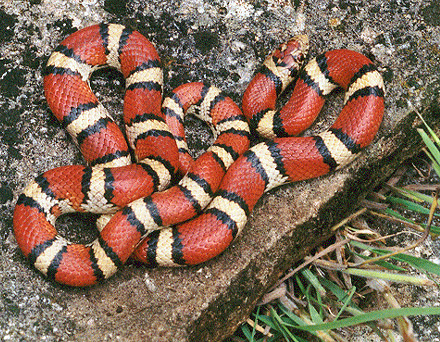
- Scientific Name: Lampropeltis triangulum
- Quick Facts: Often confused with coral snakes (but safe!). There used to be a mnemonic for these snakes but they no longer apply due to current discoveries of coloration discrepancies. So, “red on yellow, kill a fellow. Red on black, venom lack” may have been popular before… but… just don’t touch snakes in the wild. Buy them captive-bred. They’re tamer.
- Why I Love It: Super bright colors and easy to care for.
10. Baird’s Rat Snake
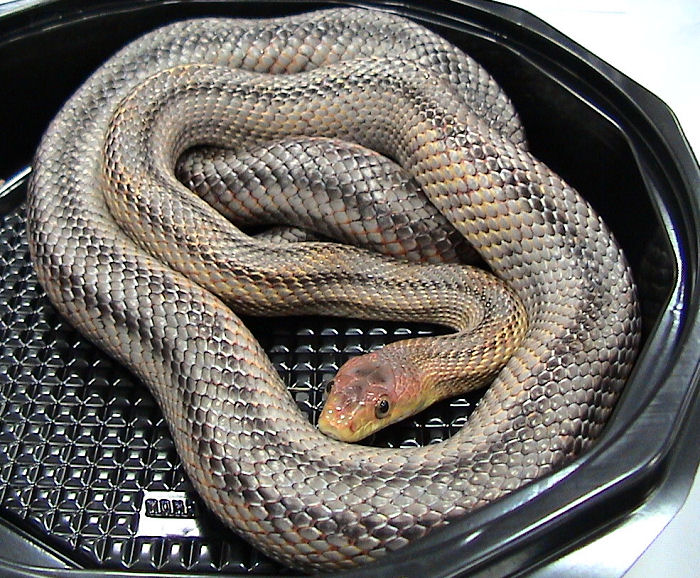
- Scientific Name: Pantherophis bairdi
- Quick Facts: Hardy and beautiful yellow-orange tones.
- Why I Love It: Tough and easy to handle.
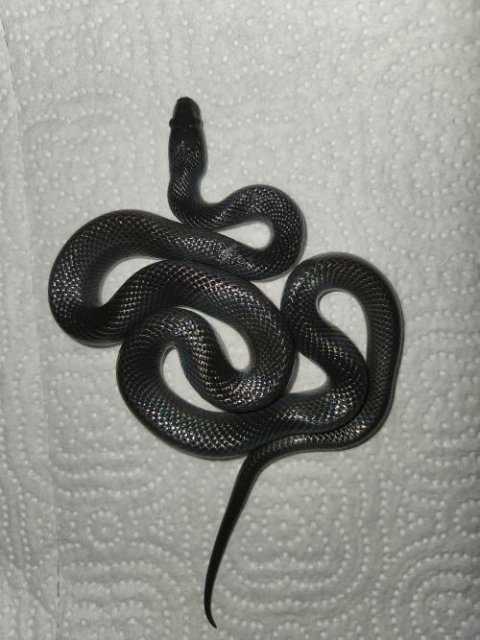
11. House Snake (African)
- Scientific Name: Boaedon fuliginosus
- Quick Facts: Small and simple — basic snake goals.
- Why I Love It: Super hardy and sweet! And has a super black color
12. Rough Green Snake
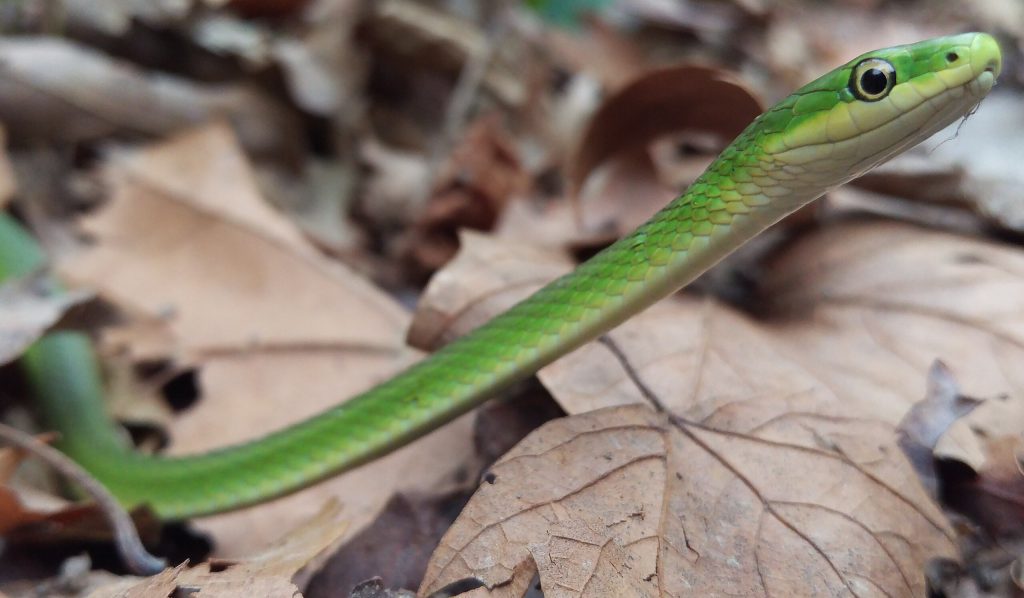
- Scientific Name: Opheodrys aestivus
- Quick Facts: Bright green and slender.
- Why I Love It: Very docile, mobile, and has striking features like large, bright eyes, vibrant green skin tones, and has an interesting texture due to its keeled, dorsal scales. I guess it really has earned its name as a rough green snake but only because of its skin texture. Temperament-wise, this baby is a lamb.
13. DeKay’s Brown Snake

- Scientific Name: Storeria dekayi
- Quick Facts: Tiny and non-aggressive.
- Why I Love It: Great for educational pets. Can be a bit of a recluse and a challenging pet which can be a good training ground for more advanced pet snakes.
14. Spotted Python
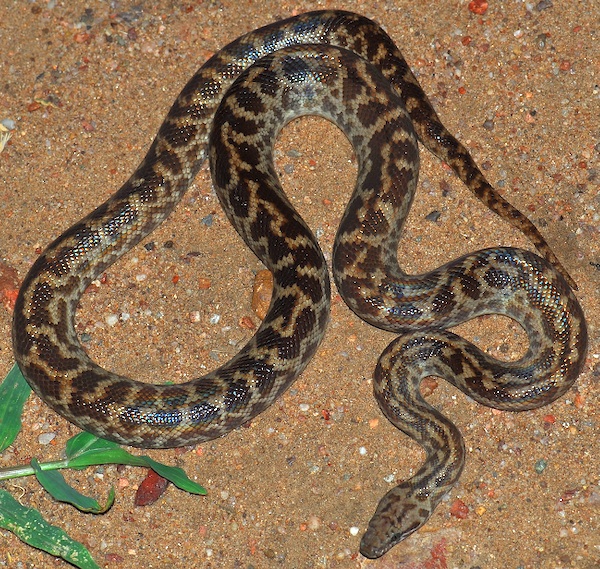
- Scientific Name: Antaresia maculosa
- Quick Facts: Close cousin to the Children’s Python.
- Why I Love It: Great temperaments and manageable size.
15. Ring-necked Snake
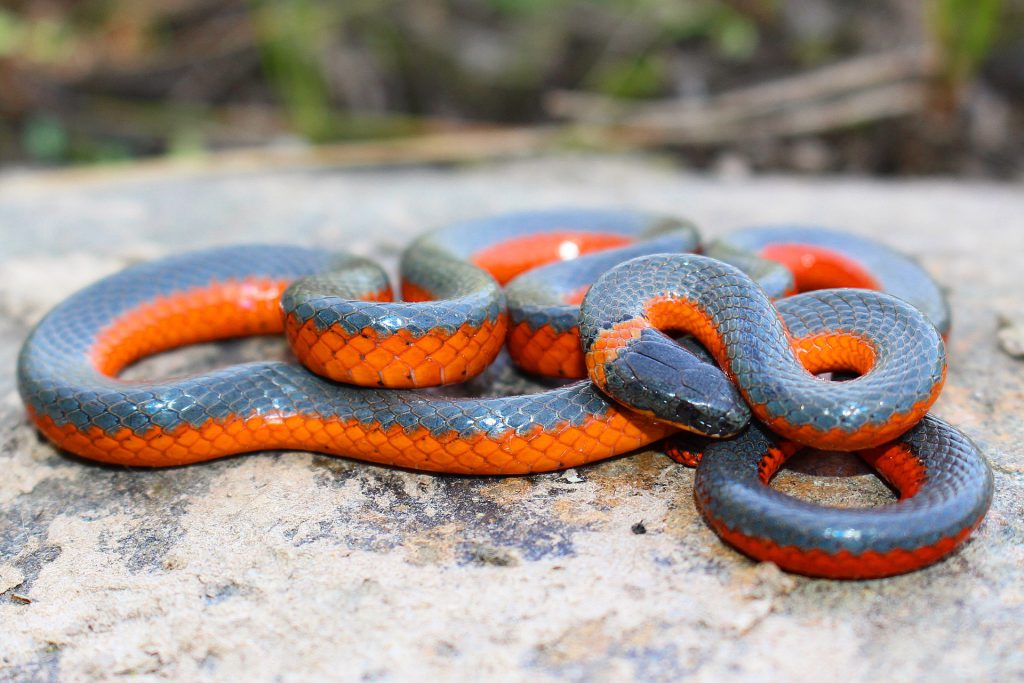
- Scientific Name: Diadophis punctatus
- Quick Facts: Very small and secretive.
- Why I Love It: Good for experienced handlers who want something lowkey. If you’re up to the challenge, keeping this snake could catapult you from beginner to advanced within weeks of owning a ring-necked snake.
16. Smooth Green Snake
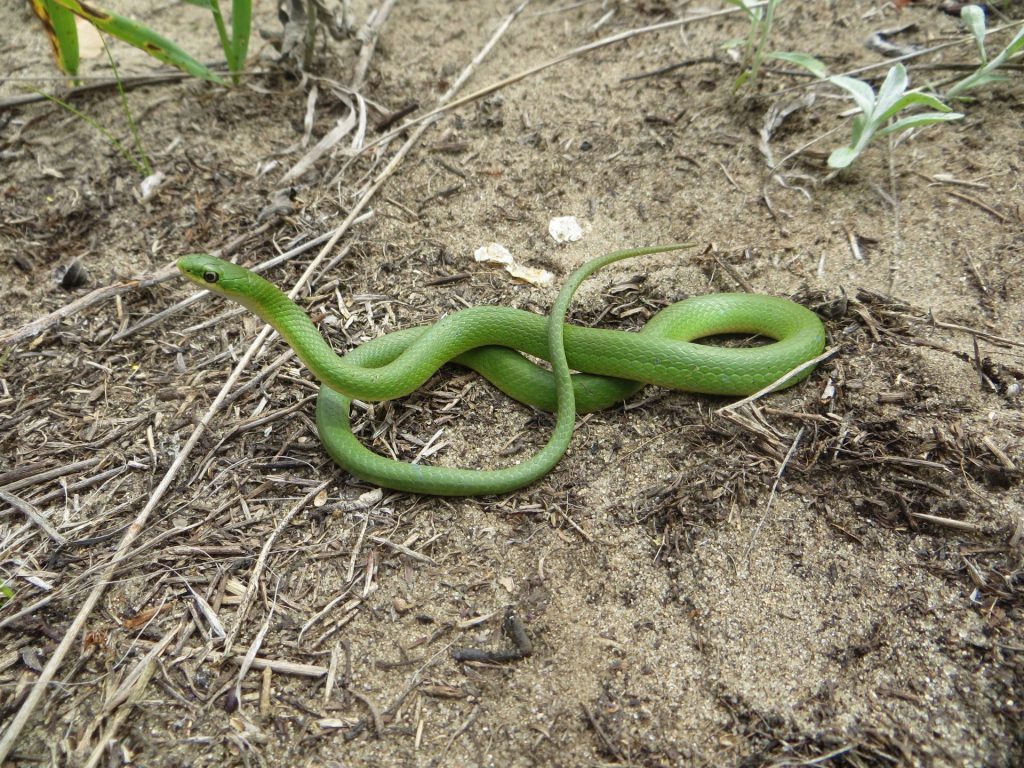
- Scientific Name: Opheodrys vernalis
- Quick Facts: Gorgeous soft green color.
- Why I Love It: Requires live insects and is mesmerizing to watch when it eats. Non-aggressive, and would rather flee than bite.
17. Mexican Black Kingsnake
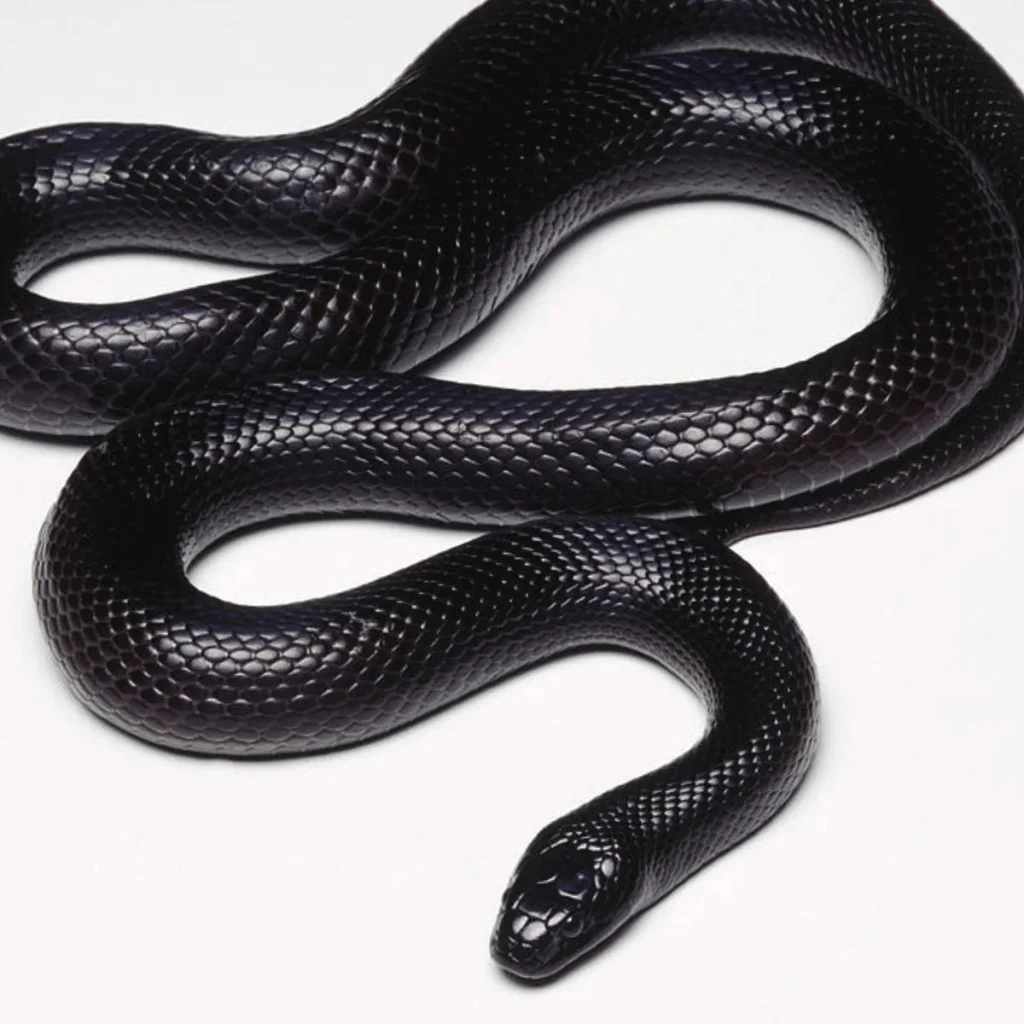
- Scientific Name: Lampropeltis getula nigrita
- Quick Facts: Sleek all-black appearance.
- Why I Love It: So elegant looking. If you’re into jet black snakes, this is the one for you. They’re also easy to care for and have a great temperament.
18. Taiwan Beauty Snake

- Scientific Name: Elaphe taeniura friesei
- Quick Facts: Larger but very intelligent. The beauty comes from their “eye shadow”
- Why I Love It: For slightly more adventurous beginners. Only buy captive-bred ones for a more docile animal.
19. Sunbeam Snake
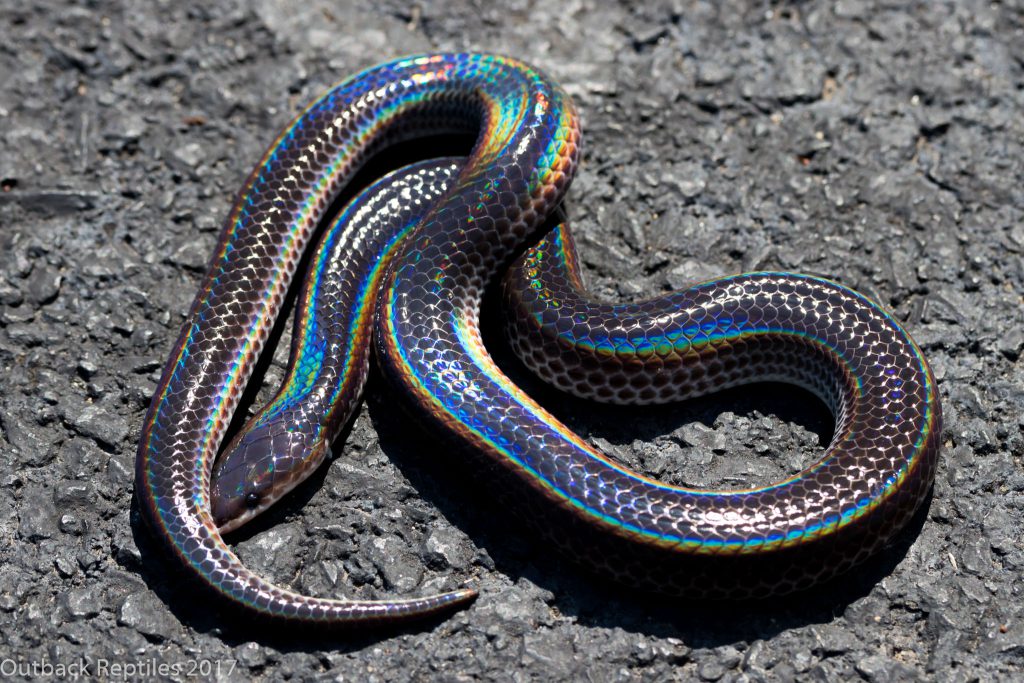
- Scientific Name: Xenopeltis unicolor
- Quick Facts: Shiny and iridescent under light!
- Why I Love It: Although hard to handle at first, if you succeed in keeping one, other herpers will look at you with respect.
20. Carpet Python
- Scientific Name: Morelia spilota
- Quick Facts: Some subspecies stay small enough for beginners.
- Why I Love It: Classic jungle vibes! If you want a retic but don’t want the size that comes with it, this is the snake for you. Plus, after seeing one through Kamp Kenan, I just wanted to have one.
21. Woma Python
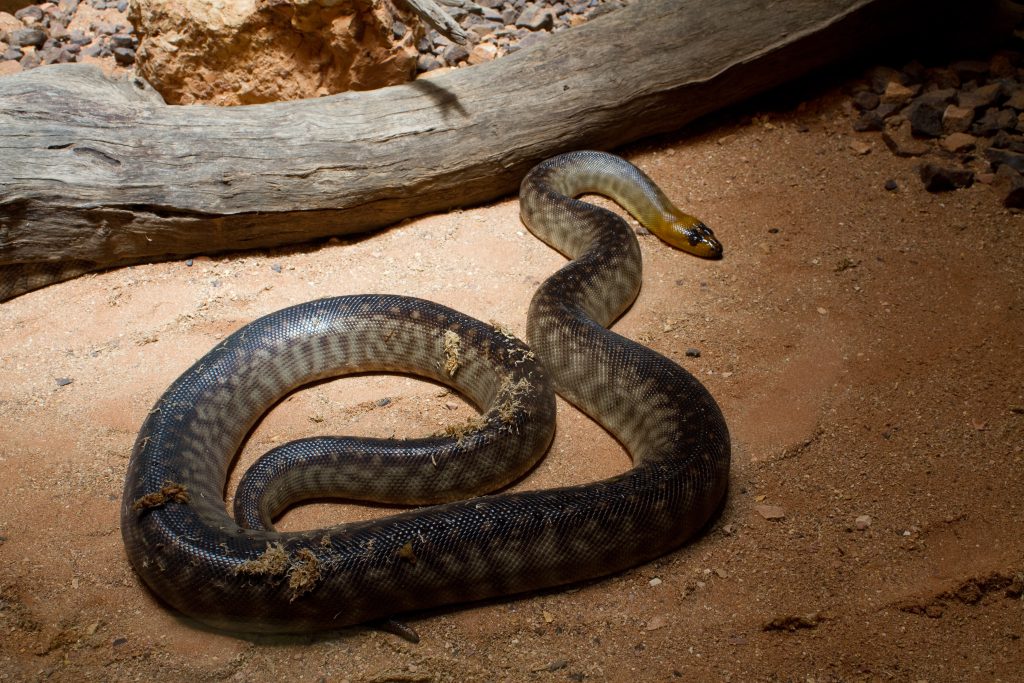
- Scientific Name: Aspidites ramsayi
- Quick Facts: I first found out about womas through Brian Barczyk (RIP) and have been in love with th species for a long time
- Why I Love It: small size, very active pythons who are docile and easy to care for. What else could you ask for?
22. Dumeril’s Boa
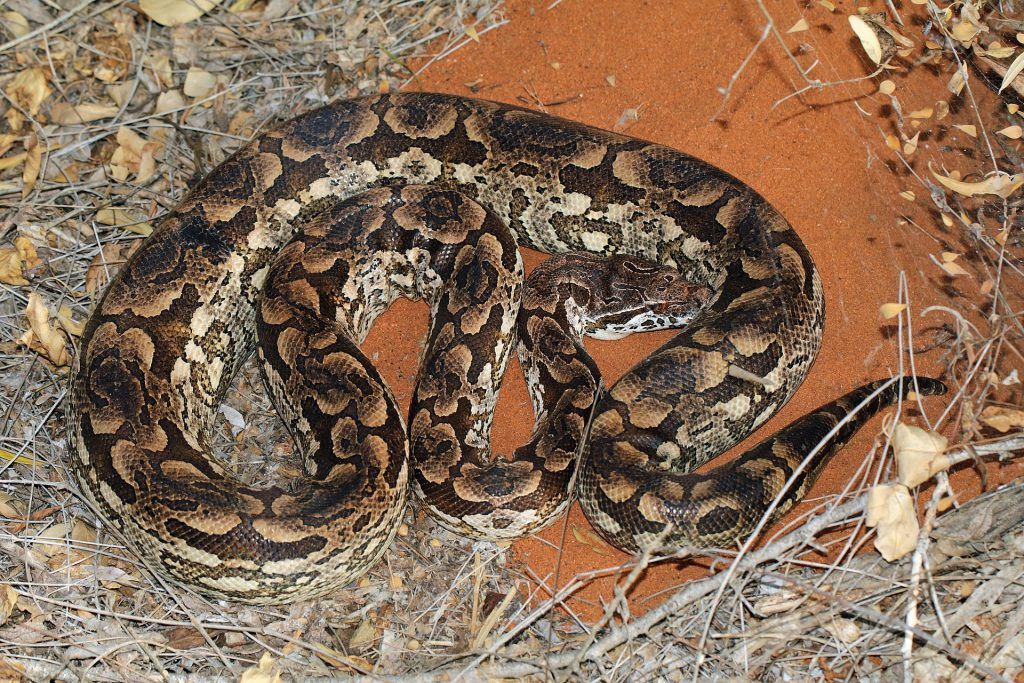
- Scientific Name: Acrantophis dumerili
- Quick Facts: Calm and beautiful patterned body. Reminds me of a Burmese python but without the massive size.
- Why I Love It: Very manageable size compared to other boas. Its size is also respectable enough at 6 to 8 feet total length. Readily eats rats in captivity.
23. Indonesian Tree Boa
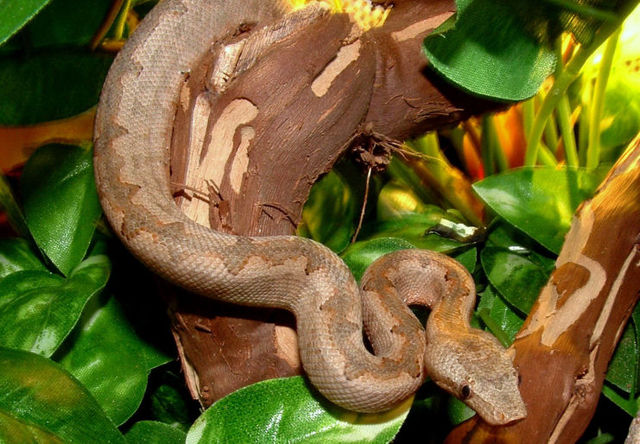
- Scientific Name: Candoia carinata
- Quick Facts: Slow-moving, quirky climbers.
- Why I Love It: Very unique — parang alien. There’s just something about it that draws me towards it.
24. Malagasy Ground Boa
- Scientific Name: Acrantophis madagascariensis
- Quick Facts: Hardy, calm, and unique. Another Burmese Python-look alike.
- Why I Love It: Solid choice if you want something different.
25. Blood Python
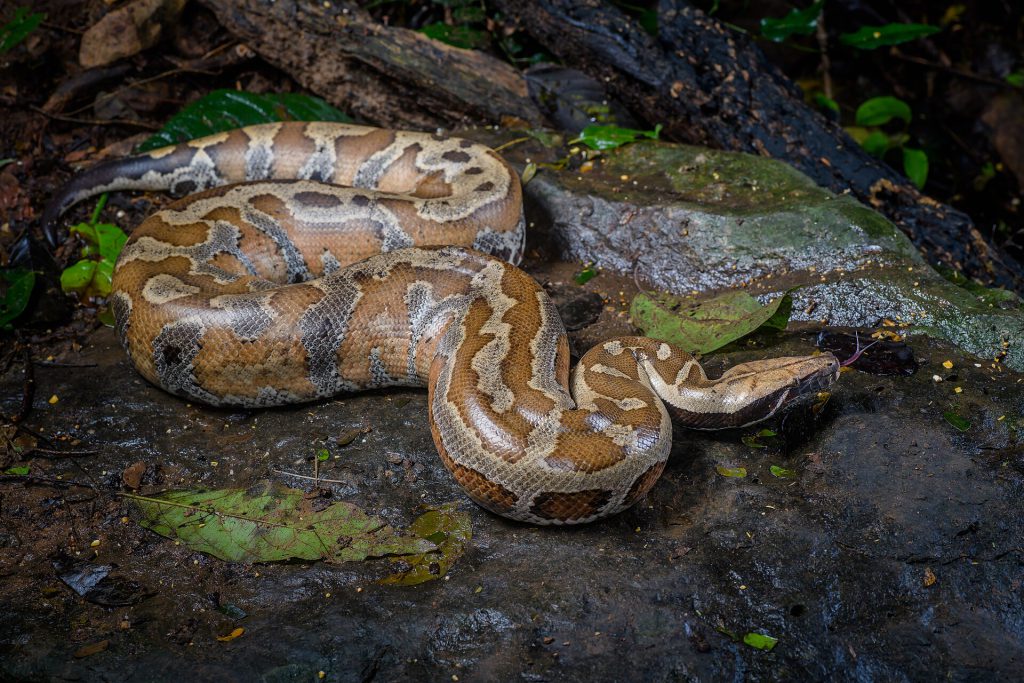
- Scientific Name: Python brongersmai
- Quick Facts: Chunky but beautiful snake.
- Why I Love It: Best for beginners ready for a bigger commitment!
Where to Buy Your Pet Snake
- Always, always buy from legit sellers only.
- Avoid “backyard breeders” or random online ads.
- Only trust licensed reptile breeders, exotic pet stores, and responsible herp societies.
NOTE: Not all sellers are trustworthy!
Make sure you ask for:
- Health guarantee
- Feeding records
- Captive-bred certification (never get wild-caught, they tend to be aggressive)
Trusted Places in the Philippines:
- Reputable Facebook groups (vetted!)
- Exotic pet expos
- Licensed online pet shops (with permits!)
A Reminder for Kids and Parents
Although snakes make fascinating first pets, children should always be supervised whenever they interact with these reptiles.
Even the most docile non-venomous python can be unpredictable if startled. And it’s better to be safe than sorry.
FAQs
Q: Are pet snakes dangerous for kids?
A: No, but adult supervision is always a must! Teach kids proper handling early.
Remember, we’re talking about pet, captive-bred snakes. Ones that are responsibly sourced from legit sellers.
Q: How often do snakes eat?
A: Most eat once every 7-10 days. Some species need less or more depending on age.
Q: What’s the easiest snake to start with?
A: Ball Pythons and Corn Snakes are the absolute best choices!
Basic Setup Guide for Beginner Snake Owners
| Item | Purpose |
| Secure enclosure (glass or PVC) | Safe home |
| Heat source (under-tank heater or ceramic) | Temperature regulation |
| Thermometer + Hygrometer | Monitoring |
| Hides (at least 2) | Comfort and security |
| Water bowl | Hydration |
| Substrate (aspen, or coconut husk) | Flooring |
Budget Tip: Don’t splurge. Start simple, then upgrade later!
Handling Tips for First-Time Snake Owners
- Be gentle but confident.
- Always wash hands before and after handling.
- Support their body fully — no sudden movements!
- Let the snake explore and move naturally through your hands.
Remember:
If stressed, snakes hiss, ball up, or hide. Respect their signals. These are not like your typical pet cat or dog.
That’s it for Today!
Owning pet snakes for beginners isn’t just about the aesthetics or flex.
It’s about caring for a living being with needs, quirks, and incredible beauty. If you choose to own a snake, be prepared for a long commitment.
Want more content like this? Comment below or send me an email at hayopetc@gmail.com. You can also hire me as your writer!


